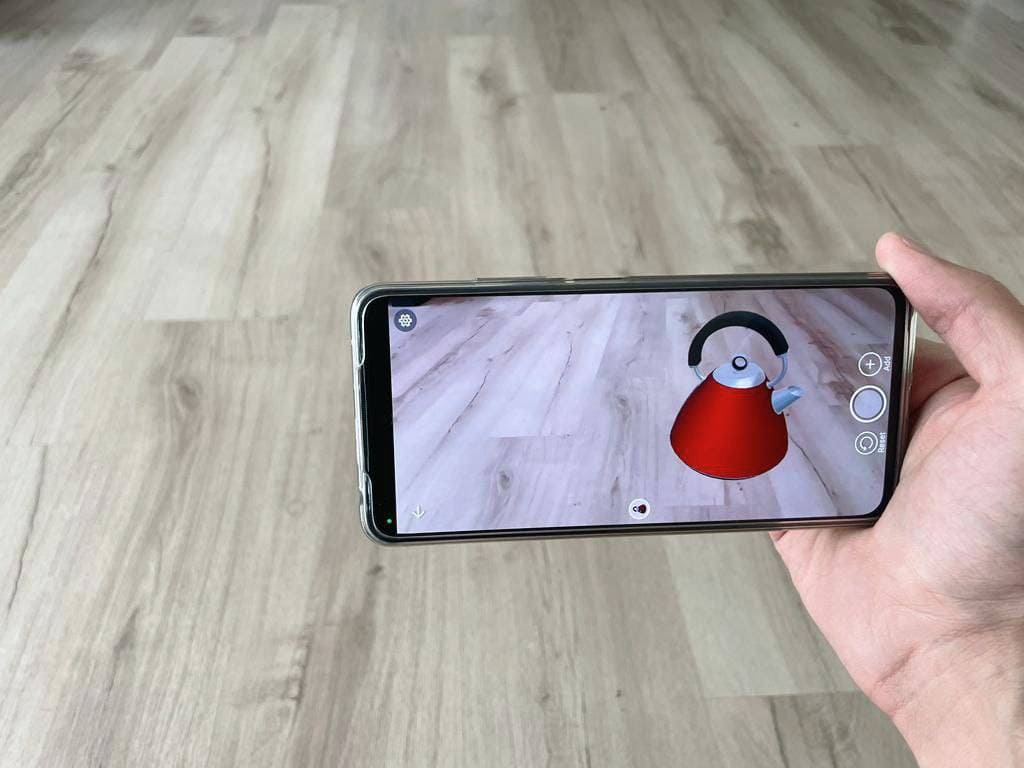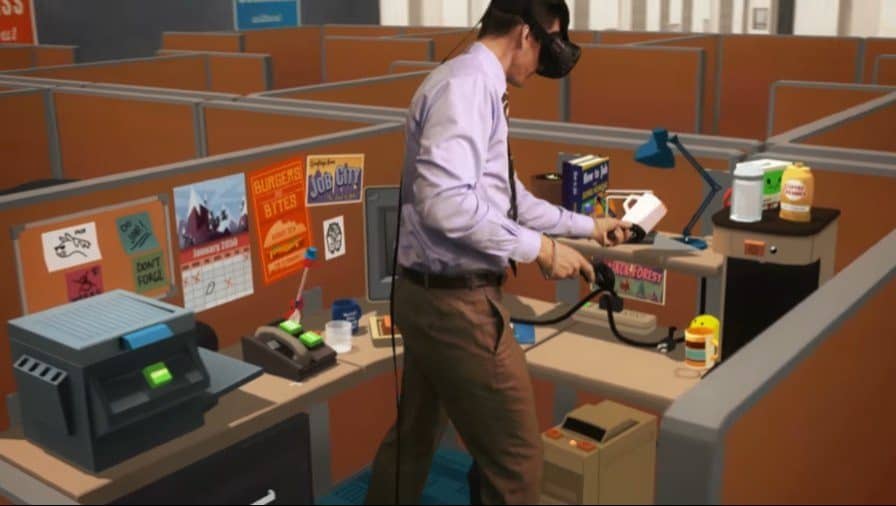1. 概述
在本篇简短的技术笔记中,我们将深入理解 AR(增强现实)、VR(虚拟现实)、MR(混合现实) 和 XR(扩展现实) 之间的核心区别。
这些技术都属于“虚拟性连续体(Virtuality Continuum)”的不同位置,代表了从真实世界到完全虚拟世界之间的各种混合形态。
2. 虚拟性连续体(Virtuality Continuum)
虚拟性连续体 描述了从物理现实到完全虚拟环境之间的各种技术所处的位置。
简单来说,任何可以改变我们对现实感知的技术——无论是通过叠加数字内容,还是彻底替代现实世界——都在这个连续体中占据一席之地:

3. 增强现实(Augmented Reality,AR)
增强现实(AR) 是在现实世界的基础上叠加数字信息,通常通过智能手机摄像头实现。
✅ 特点:
- 在现实世界中添加虚拟元素
- 虚拟物体和现实物体之间没有交互
AR 技术位于虚拟性连续体靠近现实世界的一侧:

🎮 典型应用:
- 《Pokémon Go》是 AR 技术的代表性成功案例
4. 虚拟现实(Virtual Reality,VR)
虚拟现实(VR) 提供一个完全沉浸式的虚拟环境,并完全隔绝现实世界。
✅ 特点:
- 完全沉浸式体验
- 与现实世界断开连接
VR 技术位于虚拟性连续体的虚拟环境一端:

🎮 典型应用:
- VRChat 等虚拟社交平台
- 设备如 HTC Vive、Meta Quest 2、PlayStation VR
5. 混合现实(Mixed Reality,MR)
混合现实(MR) 是 AR 与 VR 的融合,允许现实世界与虚拟世界中的元素相互作用。
✅ 特点:
- 现实与虚拟元素共存
- 支持双向交互
MR 技术位于虚拟性连续体的中间区域:

🎮 典型应用:
- 《Job Simulator》是一款 MR 类游戏
- Microsoft HoloLens 2 是 MR 的代表性硬件设备
6. 扩展现实(Extended Reality,XR)
扩展现实(XR) 是一个总称,涵盖了 AR、VR、MR 以及所有能改变人类对现实感知的技术。
✅ 可以理解为:
- 是 AR、VR、MR 的上层概念
- 是所有沉浸式技术的集合体
7. 总结
我们通过本文了解了虚拟性连续体的概念,并明确了 AR、VR、MR 和 XR 的定义与区别:
| 技术 | 中文名称 | 与现实的交互 | 典型设备/应用 |
|---|---|---|---|
| AR | 增强现实 | 叠加但无交互 | Pokémon Go、ARKit |
| VR | 虚拟现实 | 完全隔离现实 | Oculus、HTC Vive |
| MR | 混合现实 | 实时交互 | HoloLens 2、MR 游戏 |
| XR | 扩展现实 | 总称 | 涵盖 AR/VR/MR |
✅ 踩坑提醒:
- 不要混淆 AR 与 MR,两者在交互性上有本质差异
- XR 是一个统称,不要把它和具体技术混为一谈
理解这些概念有助于我们选择合适的技术方案,避免在项目初期就走错方向。